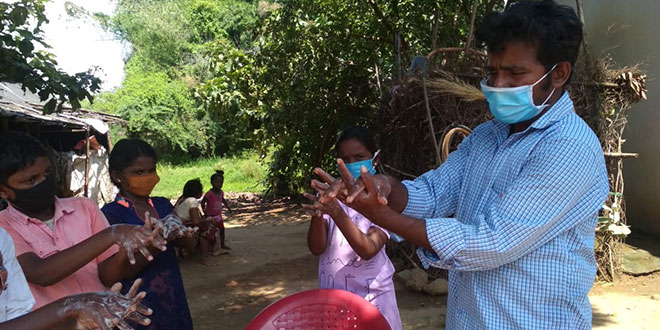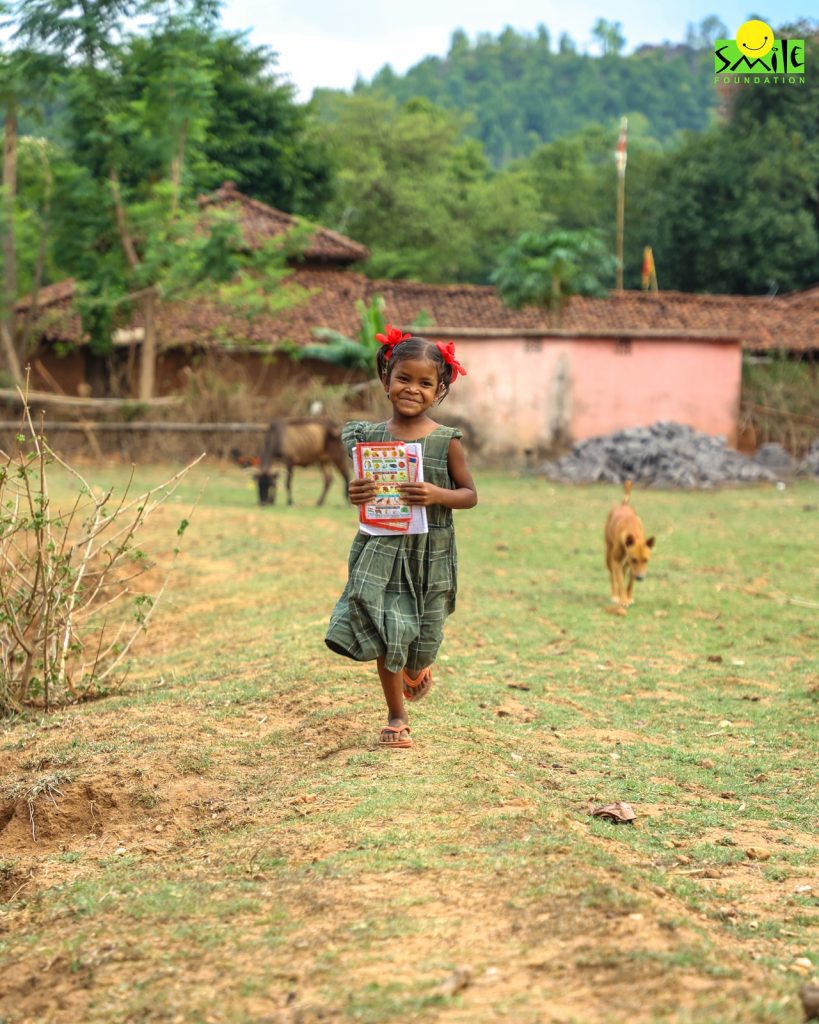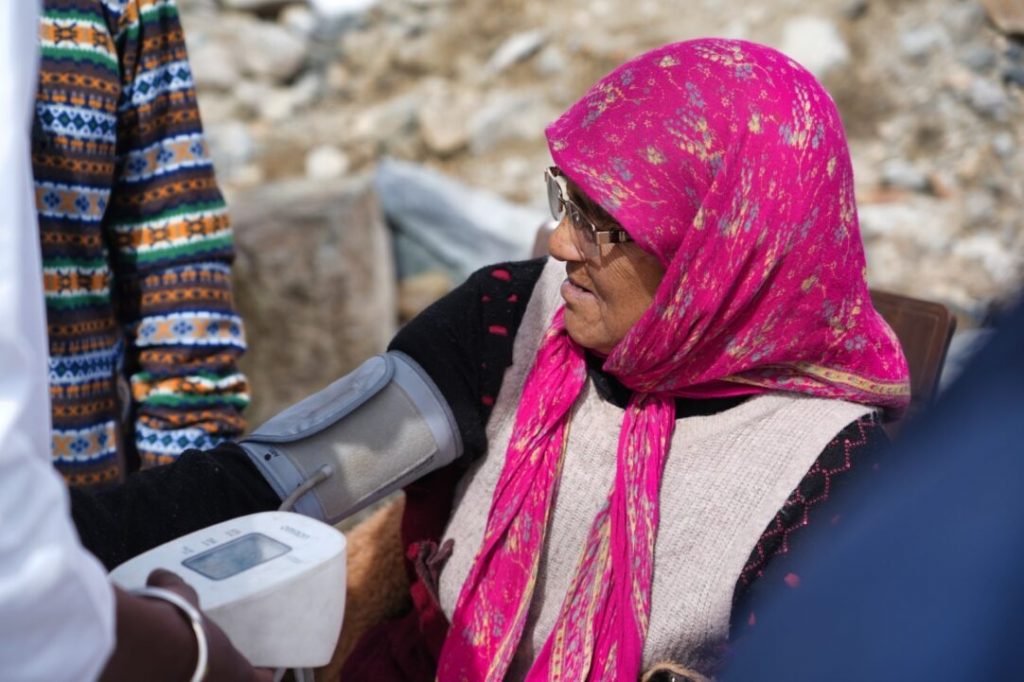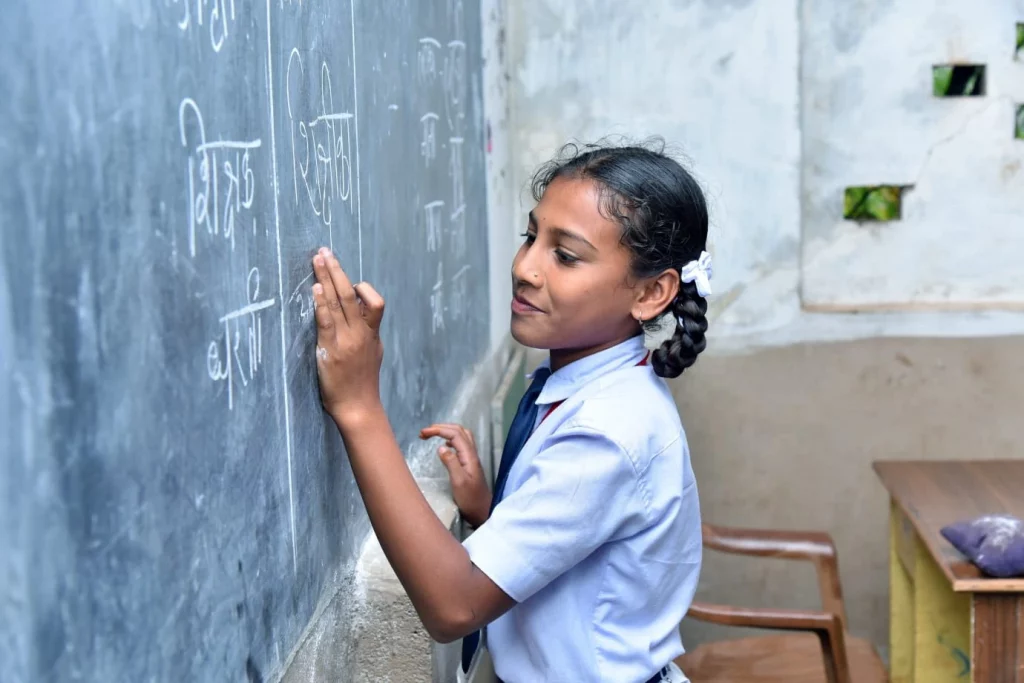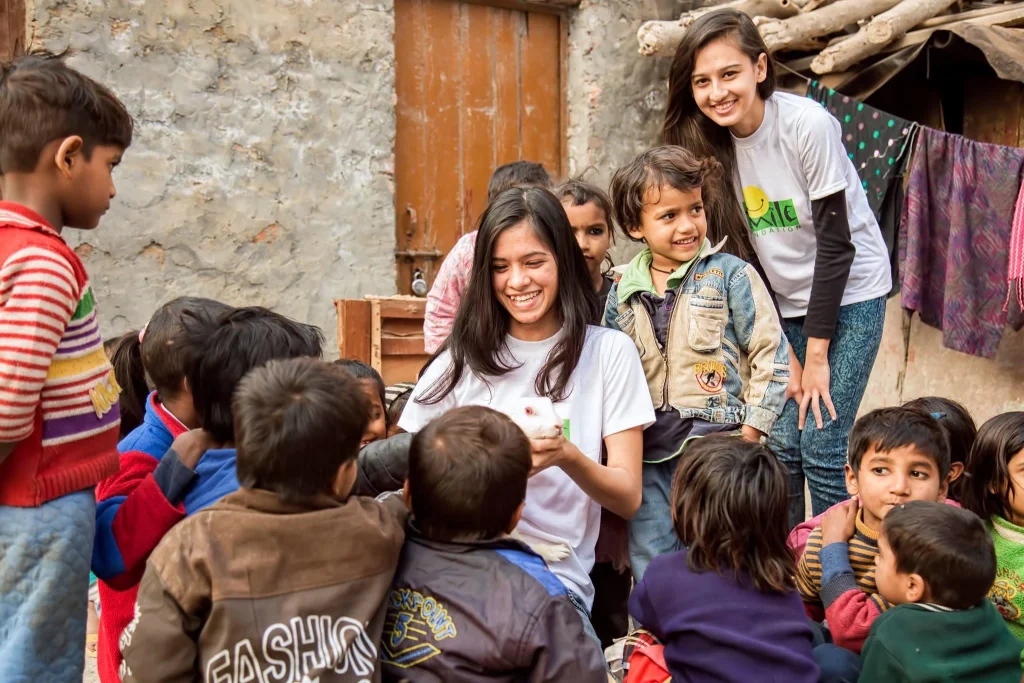One remarkably simple practice stands out for its effectiveness, affordability, and accessibility in the landscape of public health interventions:
Handwashing with soap.
From preventing diarrhoea and respiratory infections to reducing neonatal deaths, the humble act of hand hygiene is backed by decades of compelling evidence. Yet, despite widespread awareness and proven efficacy, regular handwashing remains elusive for many communities especially in low-resource settings.
This persistent gap between knowledge and practice raises a critical question: How do we turn awareness into sustained behaviour change? The answer lies in data, design, and deeply human-centred approaches.
The science is settled: Handwashing saves lives
Numerous studies confirm the many health benefits of handwashing. A systematic review published in The Lancet found that handwashing with soap reduces the incidence of acute respiratory infections (ARIs) by 17% in low- and middle-income countries. The same study reported reductions of 22% in lower respiratory infections and 26% in upper respiratory infections.
Its impact on diarrhoeal diseases is even more dramatic—reducing incidence by 30% to 48%, depending on context. Gastrointestinal infections drop by up to 31% when regular handwashing is practiced. Maternal and neonatal health outcomes also improve significantly: exposure to maternal and birth attendant handwashing has been associated with a significant reduction in neonatal mortality.
These numbers illustrate that handwashing interrupts the chain of infection. Most bacteria and viruses (coronaviruses included) have lipid membranes that soap molecules break down, effectively destroying the pathogens. Combined with scrubbing, this physically removes dirt, microbes, and contaminants from the hands.
And yet, this scientifically sound, low-cost intervention is underused.
The access and awareness gap
In 2023, only 71% of the world’s population had access to basic handwashing facilities at home. In the least developed countries, the figure was only 37%, according to the World Health Organization. But access isn’t the only issue. Even in households with soap and water, handwashing is often skipped due to habit, lack of prioritisation, or low perceived risk.
Children, who can benefit the most, are not always exposed to consistent hygiene messaging. A 2016 cross-sectional study in Mumbai found that while over half of surveyed children experienced illness in a single month with most missing school, only 18% washed their hands after using the toilet. Fewer than 1% followed all recommended handwashing steps.
The COVID-19 pandemic served as a global wake-up call to the importance of hand hygiene. For a time, handwashing rose to the top of public health priorities, supported by widespread campaigns and institutional mandates. However, as the immediate threat of the virus subsided, so too did the urgency around this basic preventive measure. The challenge now lies in translating that temporary shift into permanent behaviour change especially in communities where structural barriers and inconsistent messaging persist.
The economic case for handwashing behaviour change
Health benefits aside, handwashing behaviour change brings measurable economic gains. In schools, hygiene programmes can reduce absenteeism by up to 20%, per WHO estimates. Better attendance improves academic performance and life outcomes.
At the national level, a 2017 study estimated that implementing a behaviour change handwashing campaign across India could yield USD 5.64 billion in net benefits—equivalent to 0.3% of GDP—representing a 92-fold return on investment. The mechanisms are clear: fewer sick days, reduced healthcare costs, and greater workforce productivity.
When viewed through this lens, handwashing is not just a health intervention—it’s an economic accelerator.
Why people don’t wash their hands (Even when they can)
Despite the data, habits are hard to change. Several behavioural and systemic barriers stand in the way:
- Resource constraints: In many rural and underserved areas, clean water is scarce. Soap may be considered a luxury item.
- Invisible risk: Because germs are not visible, the consequences of poor hygiene seem distant or insignificant until illness strikes.
- Competing priorities: In daily life, especially in under-resourced households, hand hygiene competes with urgent needs like earning a living or caring for family.
- Weak social norms: If children don’t see adults consistently washing hands, they’re unlikely to internalise the habit.
- Psychological distance: Many families view diarrhoea or respiratory illness as routine, not preventable. It takes a crisis—like COVID-19—to disrupt that belief.
What’s needed are behaviour change interventions that are not only evidence-based but emotionally resonant, socially embedded, and habit-forming.
Behaviour change that works: The ‘School of Five’
Among the standout examples is the Lifebuoy ‘School of Five’ campaign by Unilever. Launched in India, the campaign used storytelling and child-centred design to instil handwashing habits at five key moments each day—before meals, after using the toilet, and during bathing.
The programme’s innovation lay in its delivery: five superhero characters guided children through a 21-day routine designed to form a habit. It used comics, songs, games, and public events. Teachers, parents, and community leaders reinforced the message, creating an ecosystem of behavioural nudges.
The campaign reached over 458 million people globally. In Madhya Pradesh’s Thesgora village, the incidence of diarrhoea dropped from 36% to 5%, and handwashing before meals rose by 26%. Nationally, it’s been associated with a 20% reduction in under-five mortality.
This success illustrates a key principle of behaviour change: frequency builds habit, and emotional engagement sustains it.
Local innovations: Smile’s work
In India, Smile Foundation has been integrating hand hygiene promotion into community health initiatives, particularly targeting children, young mothers, and vulnerable populations.
As part of our Health Cannot Wait campaign, over 150,000 hygiene kits containing soap, hand sanitisers, and masks were distributed during the COVID-19 pandemic. Through tele-counselling and WhatsApp groups, frontline health workers educated thousands on handwashing practices, reinforcing key techniques.
In October 2023, a workshop at Nilgiri Hills Public School in Noida reached over 700 students. Children were taught about oral hygiene, personal cleanliness, and hand hygiene, empowering them to become agents of change within their communities.
Smile Foundation’s mobile health units, operating under the Smile on Wheels programme, deliver routine hygiene education to underserved communities. Health workers regularly demonstrate correct handwashing steps and engage mothers in protecting their children through hygiene.
In total, Smile Foundation supported over 1.2 million people across 16 Indian states in 2024 through its hygiene and health initiatives.
Making the invisible visible
What all these campaigns have in common is a shift from transactional health messaging to transformational community engagement. They make the invisible—germs, risks, behaviours—visible and emotionally relevant.
To sustain behaviour change at scale, we need:
- Reliable access: Ensure soap and water are readily available at homes, schools, and public places.
- Early education: Introduce hand hygiene habits in early childhood through school curricula and storytelling.
- Behavioural insights: Use behavioural science to shape interventions—habits form with repetition, rewards, and social proof.
- Cross-sector partnerships: Collaborate across health, education, WASH, and private sectors to create consistent messaging and infrastructure.
- Local leadership: Equip frontline health workers, teachers, and parents to be role models and messengers.
A simple habit that still saves lives
Handwashing with soap remains one of the most powerful, scalable, and affordable tools in global health. But its true impact depends not just on the presence of water and soap but on sustained human behaviour.
We’ve seen what works. Pair science with storytelling. Combine infrastructure with empathy. Make the healthy choice the easy choice. In doing so, we build healthier, more resilient communities.
As policymakers and practitioners look toward solving complex health challenges, the story of handwashing behaviour change offers a clear lesson: never underestimate the power of small acts, repeated often, by many.

